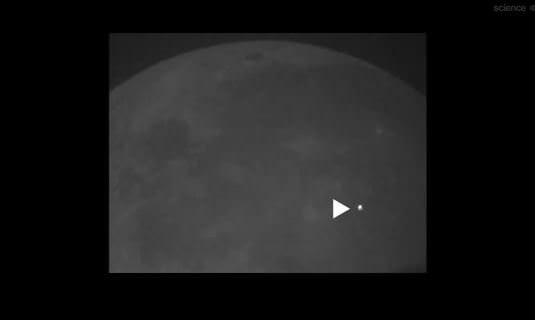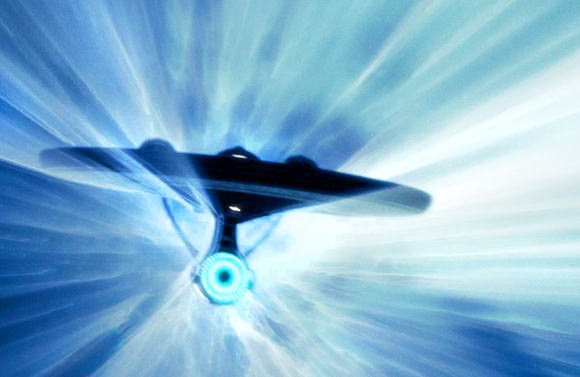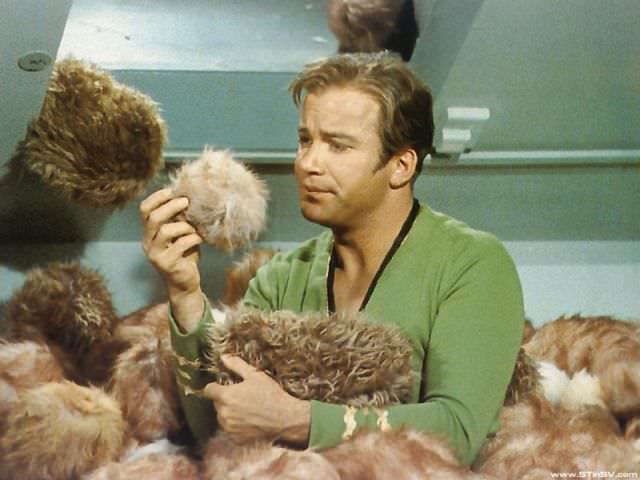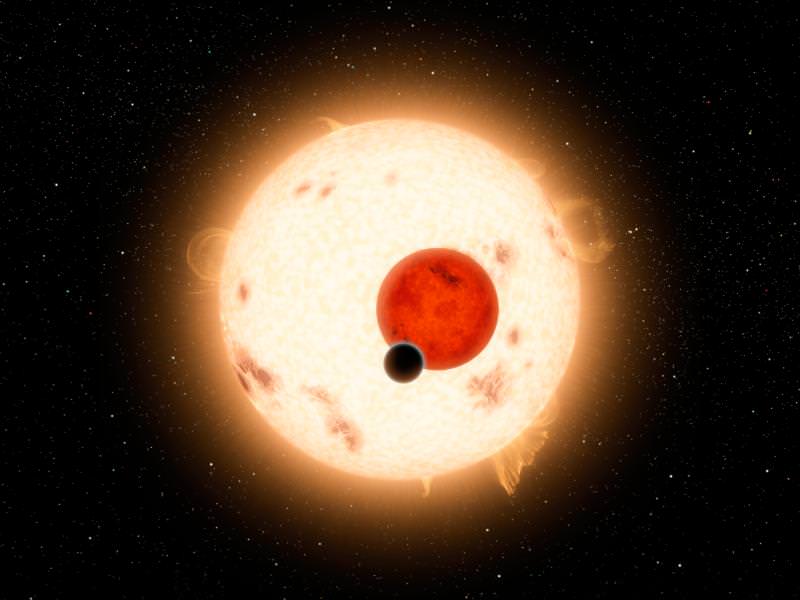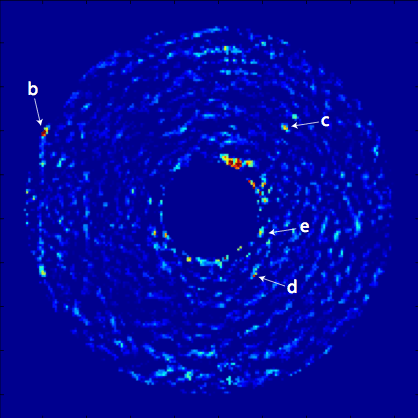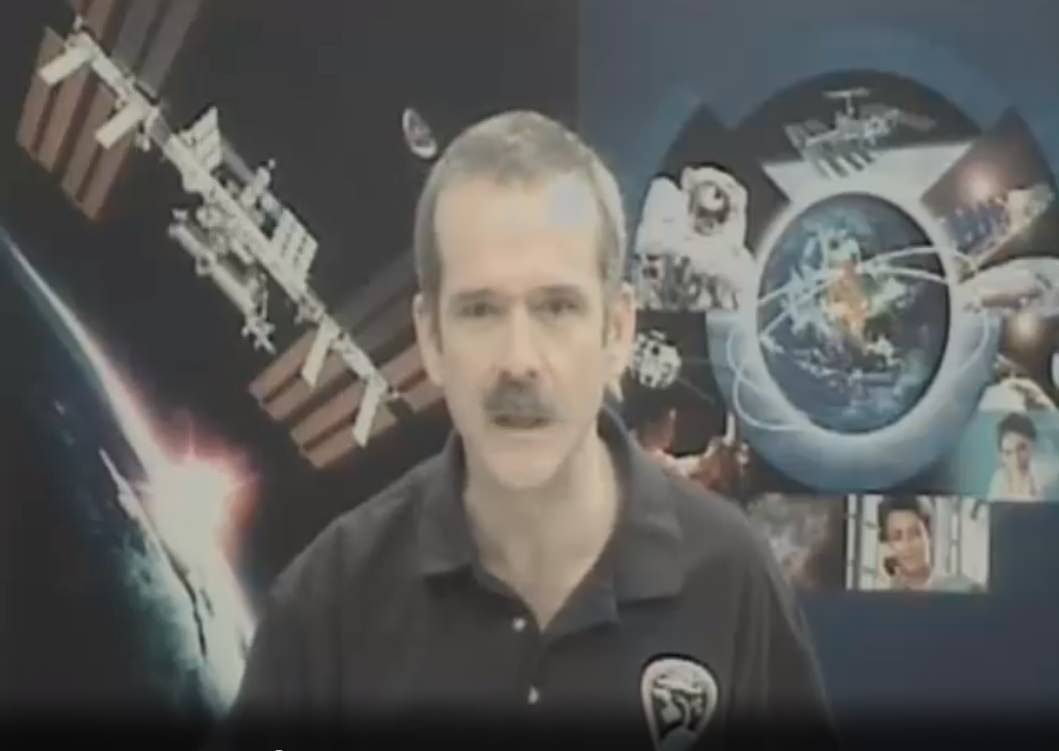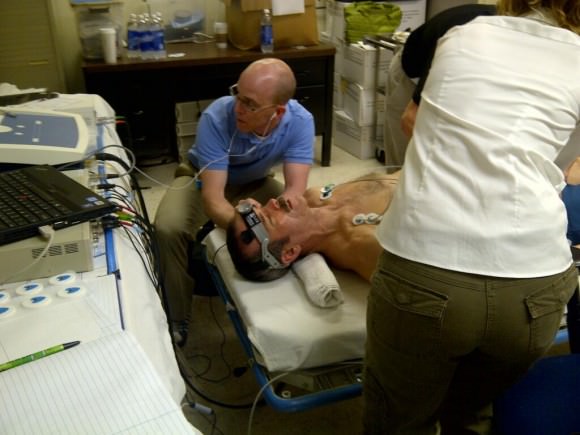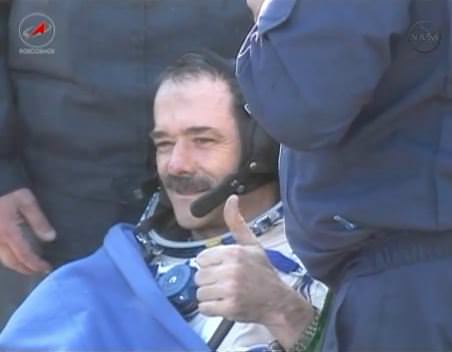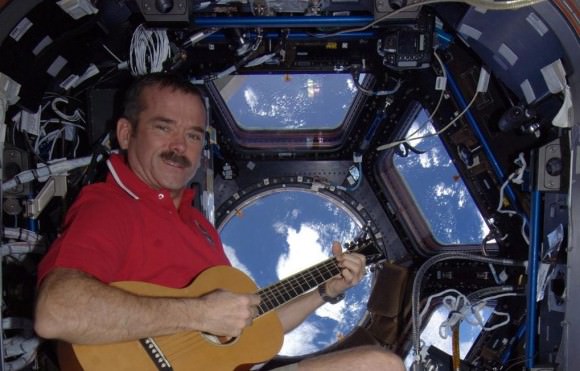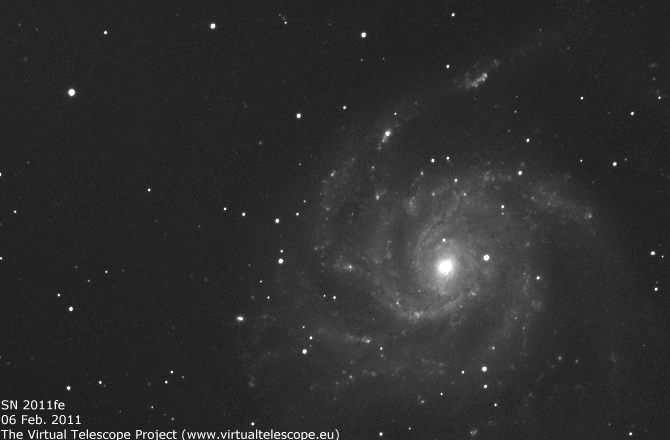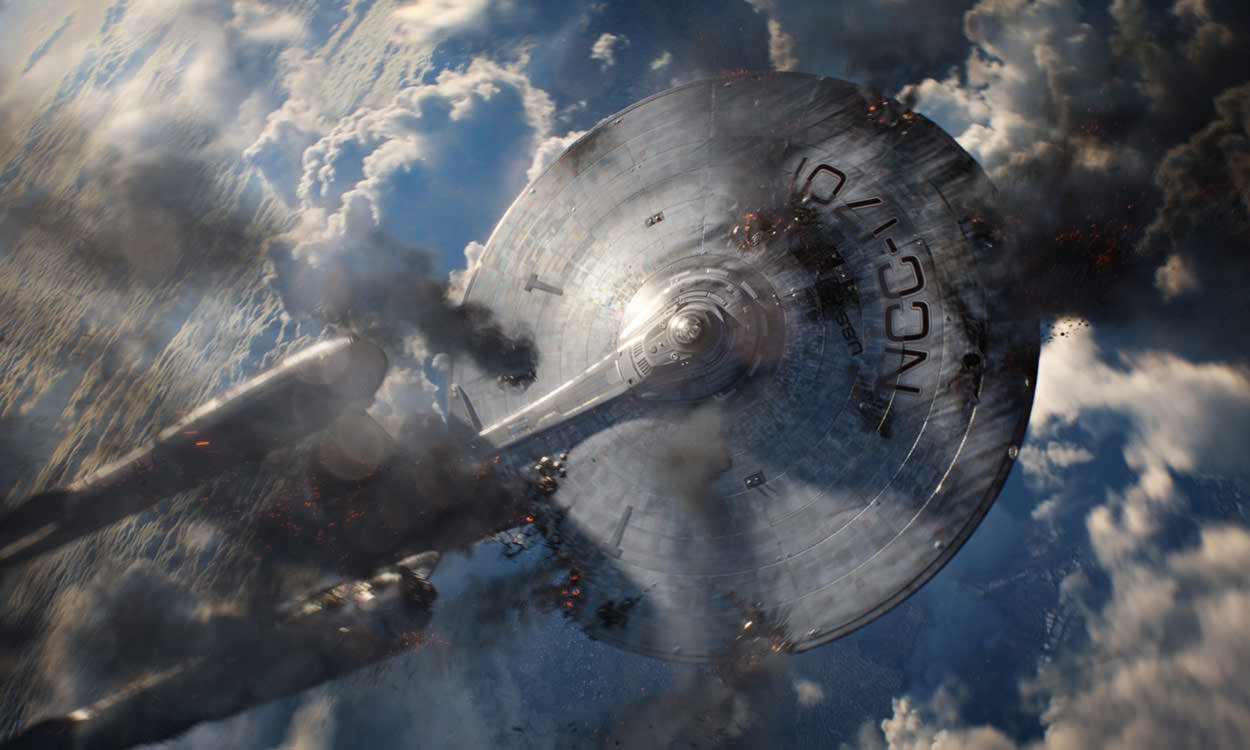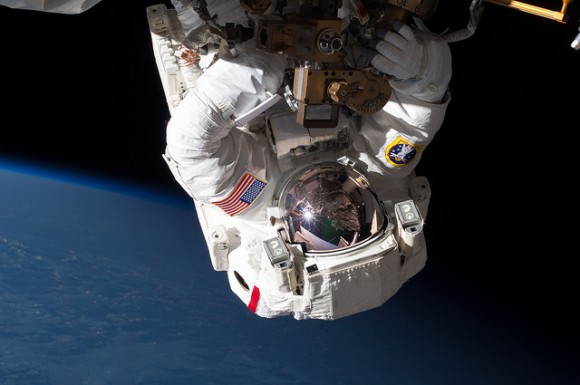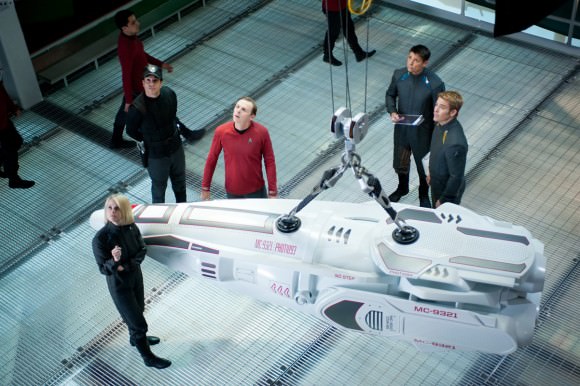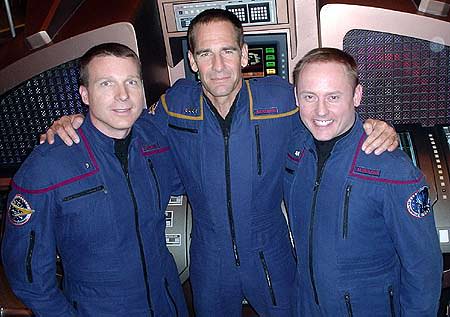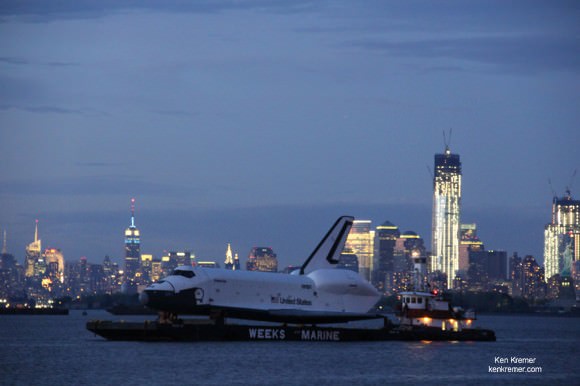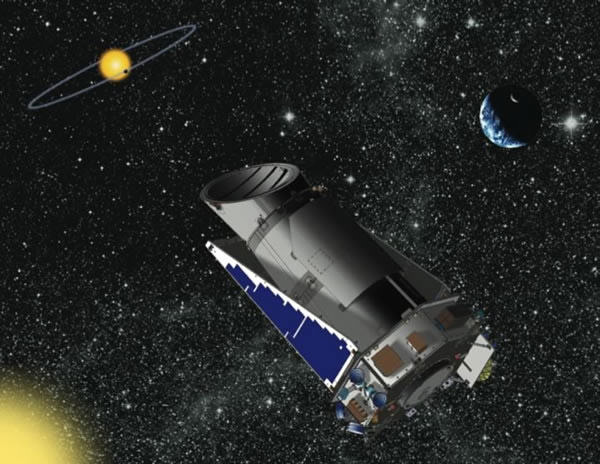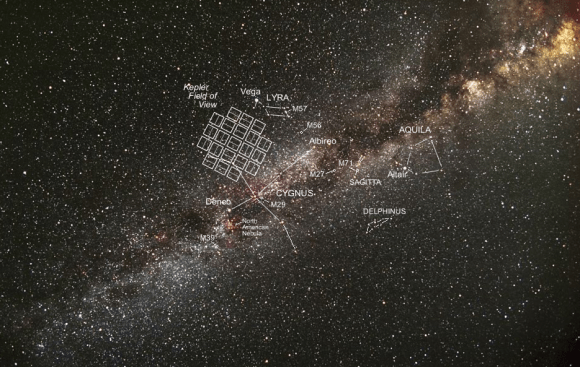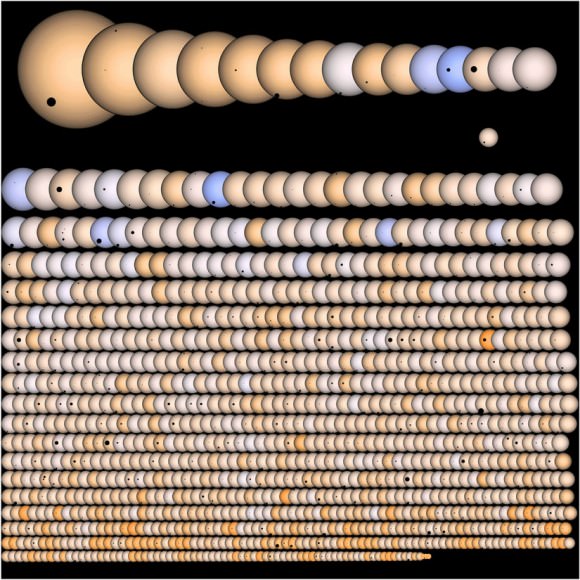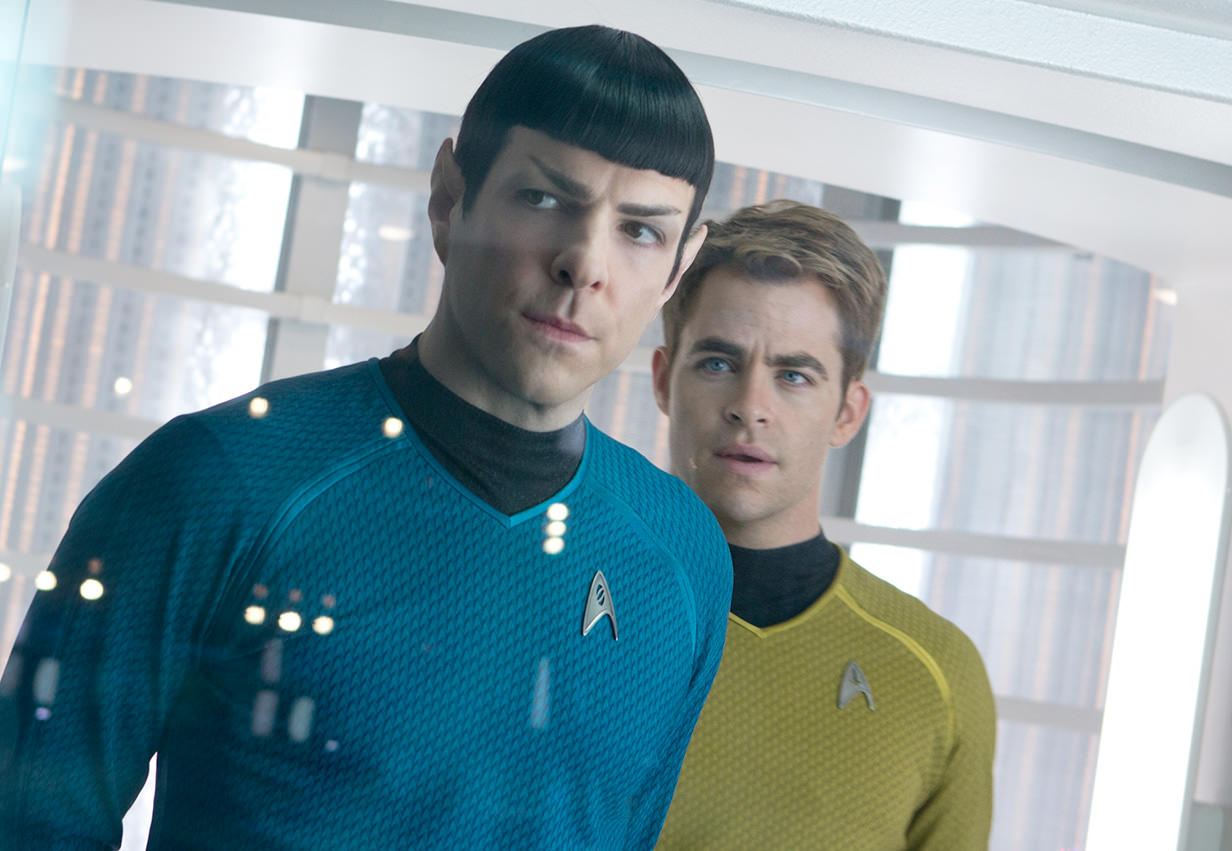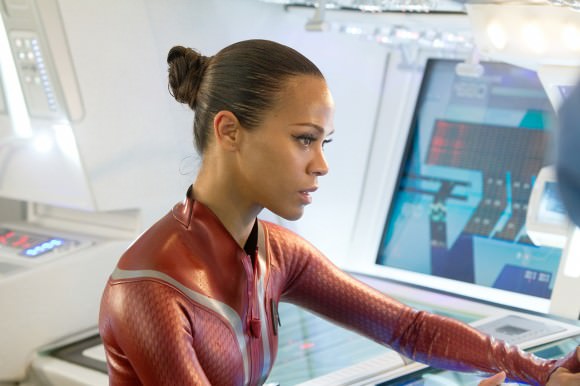If you were looking up at the Moon on March 17, 2013 at 03:50:55 UTC, you might have seen one of the brightest “lunar flashes” ever witnessed. And it would have been visible with just the naked eye.
“On March 17, 2013, an object about the size of a small boulder hit the lunar surface in Mare Imbrium,” says Bill Cooke of NASA’s Meteoroid Environment Office. “It exploded in a flash nearly 10 times as bright as anything we’ve ever seen before.”
The scientists estimate that the flash came from a 40 kg meteoroid measuring 0.3 to 0.4 meters wide hitting the Moon, likely traveling about 90,000 km/hr (56,000 mph.) The resulting explosion packed as much punch as 5 tons of TNT.
(FYI, lunar meteors hit the ground with so much kinetic energy that they don’t require an oxygen atmosphere to create a visible explosion. The flash of light comes not from combustion but rather from the thermal glow of molten rock and hot vapors at the impact site.)
The crater could be as wide as 20 meters. The scientists for the Lunar Reconnaissance Orbiter are hoping to image the impact site the next time the spacecraft passes over the area. It should be relatively easy to spot, and lunar scientists are always on the lookout for recent impacts. Additionally, comparing the size of the crater to the brightness of the flash would give researchers a valuable “ground truth” measurement to validate lunar impact models.
Were you observing the Moon that night? Universe Today’s David Dickinson pointed out to me that it is quite possible an amateur could have caught it; however no amateur images have surfaced yet. The Moon would’ve been a waxing crescent and visible to the Pacific region and US West Coast at the time. If you have archived images or video, it might be worth a look. And we’d love to hear from you if you happened to catch anything! NASA said the impact site would have glowed like a 4th magnitude star for about one second.

During the past 8 years, Cooke and a team of NASA astronomers have been monitoring the Moon for signs of explosions caused by meteoroids hitting the lunar surface.
Ron Suggs, an analyst at the Marshall Space Flight Center, was the first to notice the March 17th impact in a digital video recorded by one of the monitoring program’s 14-inch telescopes. “It jumped right out at me, it was so bright,” he said.
During the 8 years of observations, the team has found that the flashes on the Moon are more common than anyone expected, with hundreds of detectable impacts occurring every year.
Since the monitoring program began in 2005, NASA’s lunar impact team has detected more than 300 strikes, most orders of magnitude fainter than the March 17th event. Statistically speaking, more than half of all lunar meteors come from known meteoroid streams such as the Perseids and Leonids. The rest are sporadic meteors–random bits of comet and asteroid debris of unknown parentage.
Cooke believes the lunar impact might have been part of a much larger event.
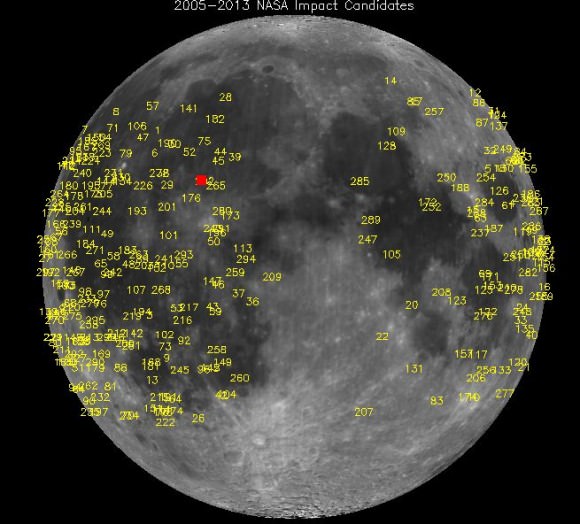
“On the night of March 17, NASA and University of Western Ontario all-sky cameras picked up an unusual number of deep-penetrating meteors right here on Earth,” he said. “These fireballs were traveling along nearly identical orbits between Earth and the asteroid belt.”
This means Earth and the Moon were pelted by meteoroids at about the same time.
“My working hypothesis is that the two events are related, and that this constitutes a short duration cluster of material encountered by the Earth-Moon system,” said Cooke.
One of the goals of the lunar monitoring program is to identify new streams of space debris that pose a potential threat to the Earth-Moon system. The March 17th event seems to be a good candidate.
Source: Science@NASA

